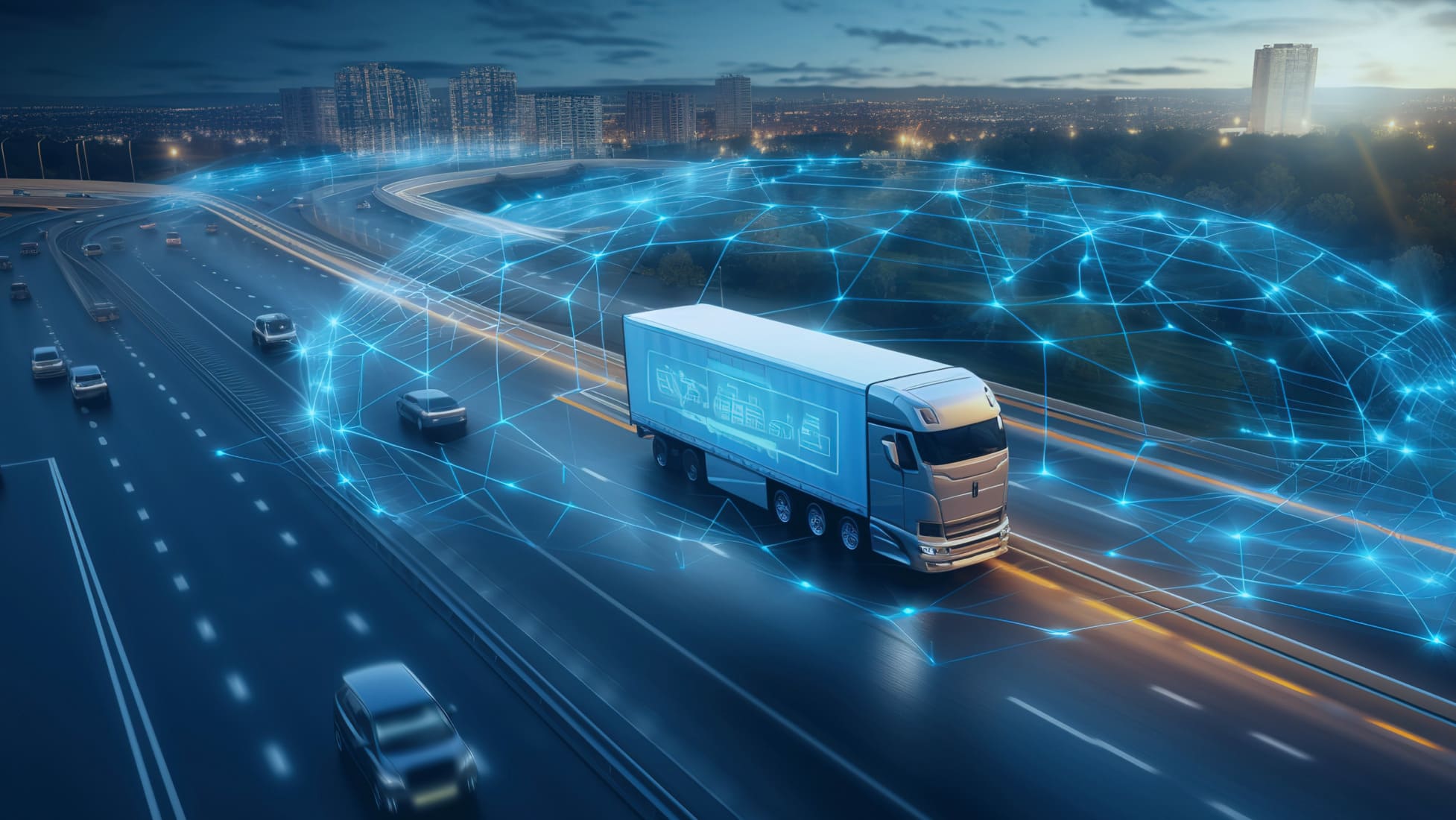In the fast-evolving world of technology, Internet of Things (IoT) vehicle tracking systems are making a significant impact. Particularly in the realm of driver safety. These systems, when integrated with advanced fleet management software, have the potential to revolutionize how safety is managed on the road. It makes driving a safer endeavor for everyone involved. This blog explores the myriad ways in which IoT vehicle tracking systems can enhance driver safety. It highlights the importance of technology in creating safer driving environments.
Understanding IoT Vehicle Tracking System
IoT vehicle tracking systems represent a significant leap forward in managing and ensuring the safety of vehicles on the road. These systems utilize a combination of cutting-edge technologies to offer real-time insights into vehicle and driver behavior, fundamentally transforming fleet management practices. Let’s delve deeper into the components and functionalities that make these systems indispensable for modern fleet operations.
Key Components of IoT Vehicle Tracking Systems
- Sensors: Embedded in vehicles, these sensors collect data on various parameters such as speed, engine temperature, fuel consumption, and braking patterns. This data is crucial for monitoring vehicle health and driver behavior.
- GPS Devices: GPS technology is at the heart of vehicle tracking, providing precise location data. This allows fleet managers to track vehicles in real-time, ensuring they are on the correct route and identifying any deviations or unexpected stops.
- Data Analytics: The collected data is transmitted to a central system where advanced analytics are applied. This analysis uncovers insights into vehicle performance, driver behavior, and potential safety issues, enabling proactive management.
- Connectivity Technology: IoT devices rely on connectivity technologies like cellular networks, Wi-Fi, and satellite communications to transmit data. This ensures that vehicles are constantly connected, allowing for real-time monitoring and communication.
How It Works
The operation of an IoT vehicle tracking system begins with the sensors and GPS devices collecting data from the vehicle. This data is then transmitted via connectivity technology to a central analytics platform. Here, the data is processed and analyzed, turning raw data into actionable insights. Fleet managers can access these insights through a dashboard, which provides an overview of fleet operations and highlights any safety concerns that need immediate attention.
Role in Fleet Management Software
In the context of fleet management, IoT vehicle tracking systems are integrated with fleet management software to offer a comprehensive suite of tools designed to optimize fleet operations and enhance safety. This integration allows for features such as:
Automated Alerts:
Managers receive instant notifications about unsafe driving behaviors or potential vehicle issues, allowing for swift action to prevent accidents.
Maintenance Scheduling:
Predictive analytics help in scheduling maintenance activities before breakdowns occur, ensuring vehicles are always in top condition.
Efficiency Analysis:
By analyzing vehicle usage and driver behavior, the system can identify areas for improvement, leading to more efficient and safer fleet operations.
Compliance Monitoring:
Ensuring vehicles and drivers comply with regulatory requirements is simpler, as the system can monitor and report on various compliance metrics.
This deeper understanding of IoT vehicle tracking systems highlights their complexity and the value they bring to fleet management. By leveraging the power of sensors, GPS, data analytics, and connectivity technology, these systems provide a real-time window into the operation of each vehicle, ensuring that safety is always a top priority.
Enhancing Driver Safety with IoT Vehicle Tracking Systems
IoT vehicle tracking systems offer several features that directly contribute to improving driver safety:
Real-time Monitoring and Alerts:
One of the primary benefits is the ability to monitor vehicle speeds and provide alerts for harsh braking or rapid acceleration. This real-time feedback encourages drivers to adopt safer driving habits, reducing the likelihood of accidents.
Predictive Maintenance:
These systems can predict potential vehicle malfunctions before they occur. By ensuring vehicles are in optimal condition, the risk of accidents caused by mechanical failures is significantly reduced.
Route Optimization:
By analyzing traffic patterns and road conditions, IoT systems can suggest safer, more efficient routes. This not only helps in avoiding accident-prone areas but also reduces driver fatigue by minimizing unnecessary travel time.
Driver Behavior Analysis:
By collecting data on driving patterns, fleet managers can identify risky behaviors and address them through targeted training programs. This not only improves individual driver safety but also promotes a culture of safety within the organization.
Advanced Fleet Management Software
When IoT vehicle tracking systems are integrated with advanced fleet management software, the potential for enhancing driver safety is magnified. These platforms offer a range of features, including customizable alerts, detailed reporting, and analytics, all designed to improve safety outcomes. Real-world case studies demonstrate how these technologies have been instrumental in reducing accidents as well as enhancing driver well-being, showcasing their importance in modern fleet management.
Challenges and Solutions
Despite their benefits, implementing IoT vehicle tracking systems is not without challenges. Concerns around privacy, data overload, and resistance from drivers are common. Addressing these challenges requires a balanced approach, emphasizing transparency, responsible data use, and comprehensive training programs to ensure that drivers understand and embrace these technologies.
Future of Driver Safety and IoT
Looking ahead, the intersection of IoT, artificial intelligence (AI), and machine learning holds immense promise for driver safety. These technologies can further refine predictive analytics, enable more personalized safety measures, and potentially lead to significant reductions in road accidents.
Conclusion
Vehicle tracking systems, supported by advanced fleet management software, are pivotal in the quest for enhanced driver safety. Through real-time monitoring, predictive maintenance, route optimization, and behavior analysis, these systems offer a proactive approach to managing safety. As technology continues to advance, the role of IoT in ensuring the safety of drivers and passengers will only grow. Underscoring the importance of embracing these innovations in our journey towards safer roads.
By leveraging the power of IoT vehicle tracking systems, we can make significant strides in reducing road accidents and ensuring a safer driving environment for all.



